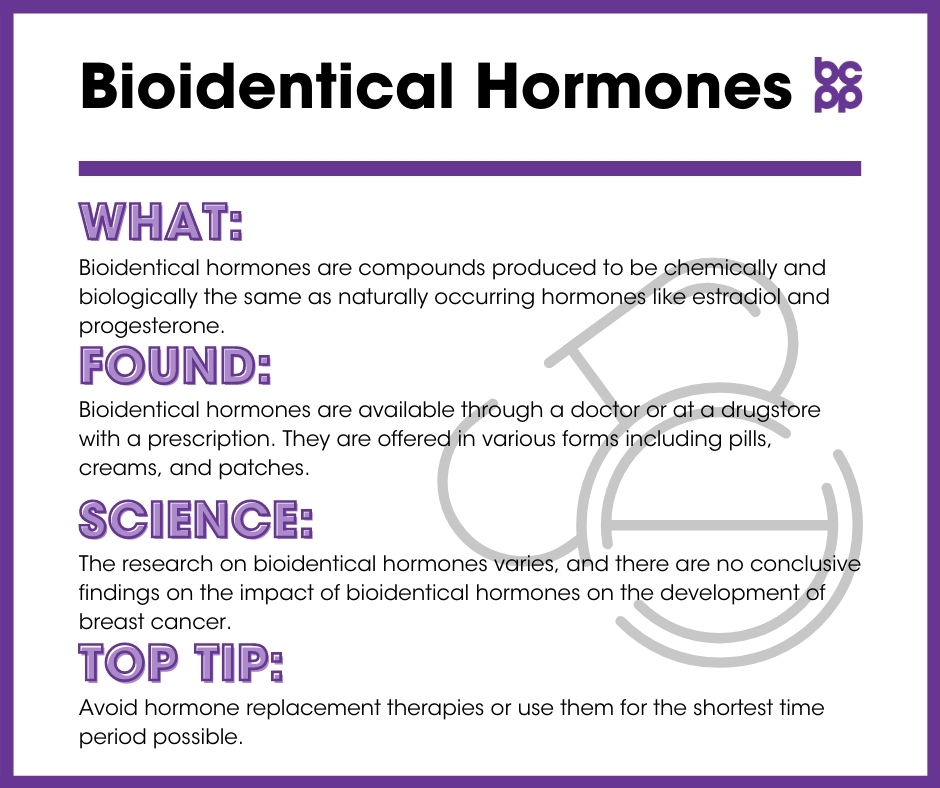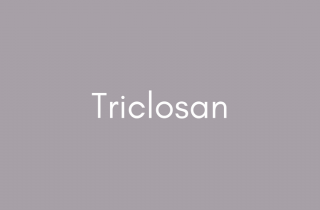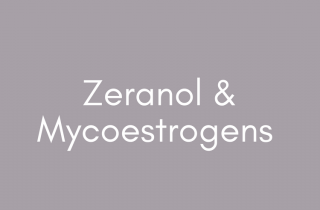Bioidentical Hormones
What are bioidentical hormones?
Bioidentical hormones are defined as “compounds that have exactly the same chemical and molecular structure as hormones that are produced in the human body,”[1] whether they are synthesized or derived from plants.[2] However, there is no recognized standard definition, so variation in the formula and manufacturing is common.[3]
Where are bioidentical hormones found?
Bioidentical hormones are available through a doctor or at a drugstore with a prescription.[4] They are offered in various forms including pills, creams, and patches.[5]
What evidence links bioidentical hormones to breast cancer?
The research on bioidentical hormones varies, and there are no conclusive findings on the impact of bioidentical hormones on the development of breast cancer. Estradiol and progesterone often have opposing effects on the development of cancer and other health outcomes, which are reflected in the studies on bioidentical hormones as well.[6]
- Post-menopausal primates administered a naturally occurring estradiol showeding increased breast cell growth compared to primates given a synthetic estradiol.[7]
- A study found that women taking bioidentical progesterone had a lower risk of developing invasive breast cancer than women taking a synthetic progesterone.[8]
Who is most likely to be exposed to bioidentical hormones?
Women experiencing negative menopausal symptoms may be prescribed bioidentical hormones.[9]
Who is most vulnerable to the health effects?
Anyone taking bioidentical hormones may be vulnerable to the health effects.
What are the top tips to avoid exposure?
The best way to avoid exposure is to avoid hormone replacement therapies or to use them for the shortest time period possible.
Reviewed 2019
[2] U.S. Senate, Special Committee on Aging. “Bioidentical Hormones: Sound Science or Bad Medicine” Hearing before the Special Committee on Aging, United States Senate, One Hundred Tenth Congress, First Session, Washington, DC, April 19, 2007. Washington: U.S. G.P.O, 2007. Accessed online: https://www.aging.senate.gov/imo/media/doc/4192007.pdf.
[3] Files, Julia A., Marcia G. Ko and Sandhya Pruthi. “Bioidentical Hormone Therapy.” Mayo Clinic Proceedings 86, 7 (2011): 673-680. doi:10.4065/mcp.2010.0714.
[4] Cleveland Clinic. “Bioidentical Hormones.” Last updated December 12, 2014. https://my.clevelandclinic.org/health/articles/15660-bioidentical-hormones.
[5] Cleveland Clinic. “Bioidentical Hormones.” Last updated December 12, 2014. https://my.clevelandclinic.org/health/articles/15660-bioidentical-hormones.
[6] Davis, Ruth, Pelin Batur and Holly L Thacker. “Risks and effectiveness of compounded bioidentical hormone therapy: a case series.” Journal of Women’s Health 23, 8 (2014): 642-8. doi:10.1089/jwh.2014.4770.
[7] Wood, Charles E et al. “Comparative effects of oral conjugated equine estrogens and micronized 17beta-estradiol on breast proliferation: a retrospective analysis.” Menopause 15,5 (2008): 890-8. doi:10.1097/gme.0b013e318168f0ad.
[8] Davis, Ruth, Pelin Batur and Holly L Thacker. “Risks and effectiveness of compounded bioidentical hormone therapy: a case series.” Journal of Women’s Health 23, 8 (2014): 642-8. doi:10.1089/jwh.2014.4770.
[9] Files, Julia A., Marcia G. Ko, and Sandhya Pruthi. “Bioidentical hormone therapy.” Mayo Clinic Proceedings 86, 7 (2011): 673-80. doi:10.4065/mcp.2010.0714.






